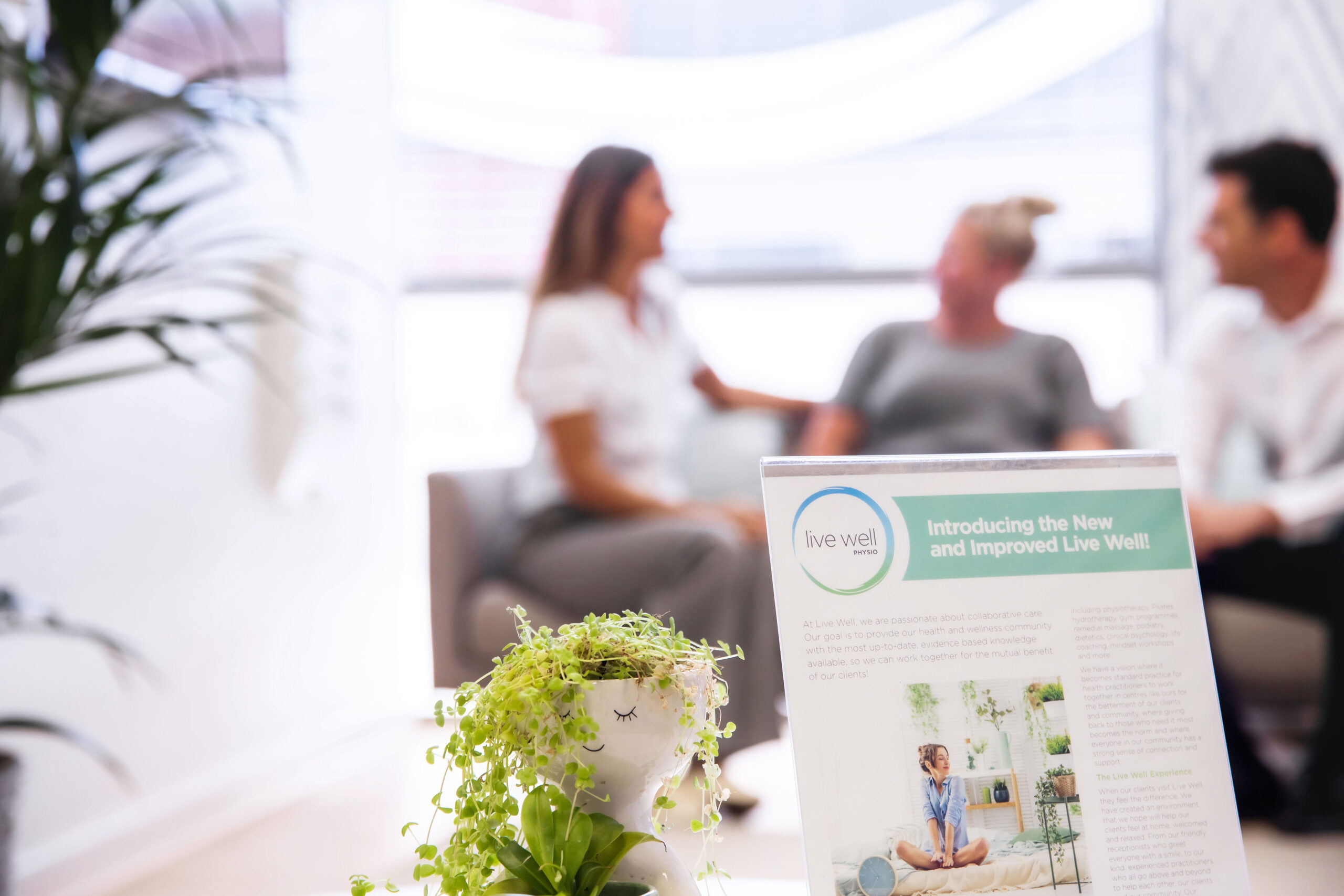If I could offer just one bit of advice to all my clients it would be to meditate. Easy to
If I could offer just one bit of advice to all my clients it would be to meditate. Easy to say, especially coming from the girl who would leave immediately at the end of the yoga class because she ‘didn’t have time’ to stay for the 5-minute meditation afterwards. Well, there was dinner to cook and things to do….
Does that sound a bit like you? Thinking that because you aren’t actually doing something, you are not using your time well? Well I want you to think about hurrying up to slow down!
For those of you that have never meditated before, think of meditation as focused thought, usually on your breathe or something you are visualising. It’s as simple as that. Meditation means ‘a cessation of the thought process’, it is a state of consciousness or awareness, where our minds become free of scattered thoughts and various patterns. You don’t have to be on the top of a hill with crossed legs, facing the sun as it rises. You just have to be in a place where you can centre yourself, take some deep breathes and stop for a moment.
My thinking has changed substantially over the last few years and now I find time for 15 minutes of meditation every day. Well, OK, most days. Life does get in the way, but I do make a conscious effort to include a type of meditation or at least some focused, positive thought into my day.
Meditation stops the momentum of our negative thoughts and this has been the most significant change it has made in my life. When we quieten our mind and stop the natter we allow what we want to start to flow.
It also helps to remember what Gandhi is believed to have said: “
I have so much to accomplish today that I must meditate for two hours instead of one.” Now we don’t want you to think that in order for meditation to be effective, it must be long. In fact just 5-15 minutes a day is suffice.
The idea is, of course, that the time spent in meditation pays off in so many ways. The changes that meditation has made in my own life are amazing. And I have seen huge changes in my clients’ lives, too.
How do I meditate?
This is a question I am nearly always asked, when I suggest meditation to clients.
The answer is that are many different types of meditation: active or passive, guided meditation, visualisations, chants, heart or light meditation.
Obviously I have my own personal ways to meditate. Some people take classes, some have personal ‘instructors’, and some find their way alone. You might benefit most by trying a few different methods. I believe that it’s important to find your own way into meditation, but here are just a few suggestions to get you started.
An awake heart is like a sky that pours light – Hafez
This is one of the more passive and gentle forms of meditation. The idea is to close your eyes, take deep breaths, and reach a state of calm or stillness, where your focus moves away from ‘thinking’ and towards ‘feeling’. It is a relaxing experience, especially if you are stressed or you are normally aware of having a busy and ‘noisy’ mind. The emphasis is on feeling the energy of your heart, not just as the beating centre of your physical body, but because it is the centre of who you feel yourself to be, and the symbol of your relationship with other people.
Try it…
Infinity
Imagine an infinity symbol which joins your head and your heart. As you take long, deep breathes, imagine your energy (or your oxygen) running through your nose, into your head then back around, down and into your heart and out again, into your head and then into your heart. Imagine the passing of this energy is creating an infinity symbol. This is a great anchor to have especially to balance your feminine and masculine energies or to get centred, anywhere, anytime.
Meditation is a way for nourishing and blossoming the divinity within you ― Amit Ray
Light is energy, and this type of meditation is one that some people find useful as an energy charge. You might like to try it when you are feeling exhausted, or at the start of a particularly challenging day.
You need only a relaxing environment and the power of your own mind. The starting point is usually to concentrate on the light that appears on the dark ‘screen’ behind your closed eyes, although some people also use candles to help them to focus.
Light is also a purifying force, and ‘white light healing’, as it is sometimes called, is a form of meditation you could consider as a method of ‘cleansing’ – using your body’s natural ‘light’ or positive energy to remove stress and negative feelings.
Try it….
Body Cleanse
Imagine a doughnut shape of white light hovering about your head. Bring it down around your head so that it fits tightly and smoothly around your head. And gradually imagine that this is moving down your body. It splits into two doughnuts as it goes down your arms and then one down the trunk of your body and down your legs. As it moves down the body, it is cutting and cleansing any energy away from your body that you don’t want. It cleanses your body and removes ties that you don’t want.
Cleansing Shower
You simply imagine a shower made of golden light. And you stand underneath it for up to 5 minutes. Shut you eyes and feel the light energy rush over you like you would the water in the shower. You can also do this in the shower to help you feel the full effect! Love it!
… that is the whole art of meditation; becoming conscious of consciousness itself – Osho
If you are trying meditation for the first time, you might find it difficult to stay focused. Or you might not even know exactly what could be the right type of meditation for you. In that case, it’s a good idea to find some guided meditations. Why not experiment with a range of different types?
You can access guided meditations in various forms. The most common is the audio-version, but if you prefer silence, there are also versions with printed instructions that you can read and then practise alone. Some meditations are designed for specific purposes. They are also of various lengths – to suit your experience and the time you have decided to allow for each of your meditation sessions.
And don’t worry, if you are asked to see things that you can’t yet imagine, you will get better. Our imagination has been stifled over the years so it is normal for this to take a while to kick back in. For example… in my first guided meditation I was asked to see a forest, I saw a tree. One tree! Now I can see the details on the trees… it takes time however your imagination will return.
Try it….
Our guided meditation takes you through a process of relaxation techniques, affirmations to build your self image and finishes with a beautiful visualisation of your current goals. This is great to start to get your vibration in the right place to bring in those desired goals!
INSITE MIND – guided meditation
Why would I meditate?
There are endless benefits to meditation, and they could transform your personal life and your work performance.
Meditation
- helps to relax your mind and body and to restore and refresh your energies
- opens up greater possibilities for clear thinking and creativity
- creates and helps to sustain contentment and a sense of well being
Three major pluses that you (and the people around you) will appreciate.










